Can we really bring back what is about to disappear? Is it possible to change the situation for struggling ecosystems? There is good news. Threatened ecological communities have hope. These fragile habitats can be saved by recovery plans. These plans could mean the difference between life and death for these ecosystems.
A threatened ecological community is a group of plants and animals that live together in a specific area. These communities face a high risk of disappearing forever. They are important because they help keep many different kinds of life on Earth. They also support important natural processes and keep our planet healthy. Sadly, things like habitat loss, invasive species, pollution, and climate change are putting these communities in danger.
In this article, we will discover how recovery plans can protect and restore these valuable ecosystems. We will explore real-world success stories. We will also highlight the important role you are playing in protecting our planet’s future. Get ready to be inspired to make a difference!
A Sign of Hope: Reviving Threatened Ecological Communities
This section explores the roadmap to recovery: Threatened Ecological Communities Recovery Plans. These plans outline the steps needed to protect and restore these vital ecosystems. But it is not just up to scientists and policymakers! We will discover how you can contribute to these efforts and become a champion for these communities.
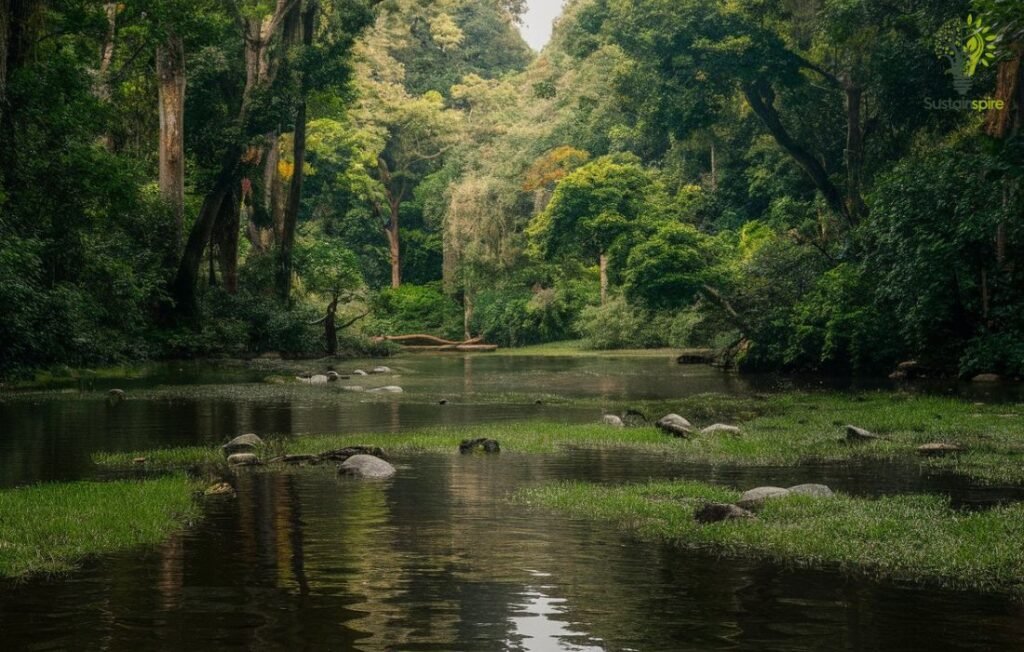
What is a Threatened Ecological Community & Why Should We Care?
Threatened ecological communities are groups of plants and animals living together. They share a specific habitat and face a serious risk of disappearing. These communities are essential for a healthy planet. They impact everything from clean air and water to food production. The next sections delve deeper into this concept.
For example, coral reefs are a threatened ecological community. They provide a home for countless marine species and protect coastlines from storms. However, pollution and climate change are pushing them towards extinction, highlighting the urgent need for our action.
1. Understanding the Web of Life:
Ecosystems are like interconnected webs of life. The loss of one species or habitat can have a ripple effect. For example, removing trees along a forest stream can cause problems. Water temperatures can rise, hurting fish living in the stream. This can then impact animals like otters that depend on fish for food. Every part of the ecosystem is important!
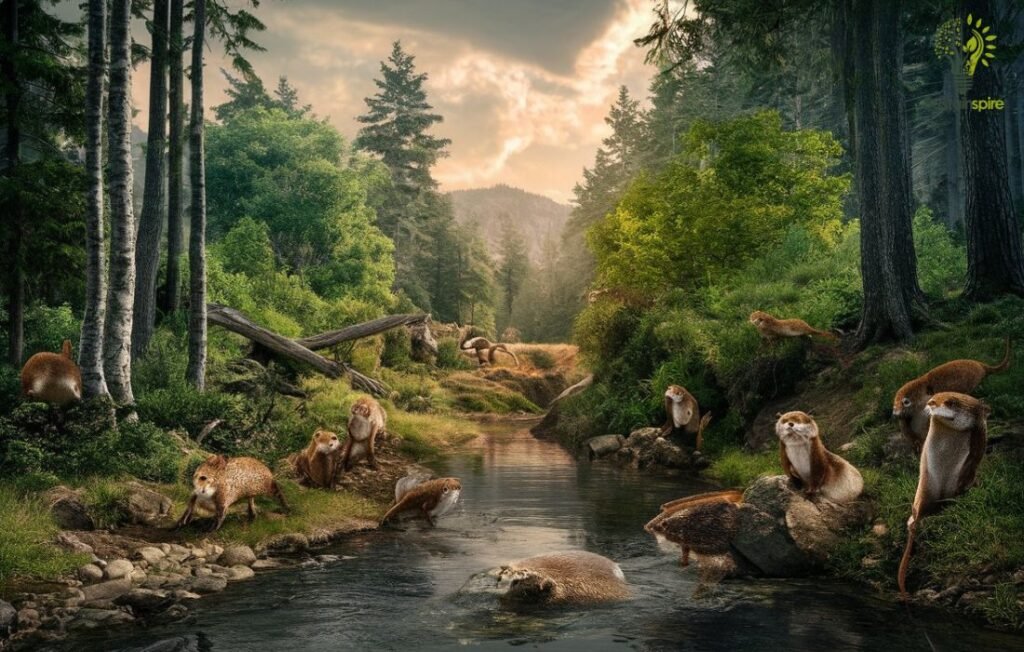
2. Threatened Ecological Community:
First of all let us know, what is ecological community. An ecological community is a group of different species that interact with each other in a shared environment. A threatened ecological community is a group of interacting plants and animals. They live together in a specific location and face a high risk of extinction.
Think of the Florida Everglades, home to the American alligator and the Florida panther. The Everglades are threatened by habitat loss, pollution, and invasive species. Similarly, the Ancient Bristlecone Pine Forests face threats. These forests in the western United States are endangered by climate change. Rising temperatures and prolonged droughts put these ancient trees at risk.
A threatened ecological community is a specific type of habitat facing serious threats. One example is the California Coastal Sage Scrub in the United States. According to the UCI, this community is home to a wide variety of plants and animals. It is threatened by urbanization, invasive species, and wildfires.
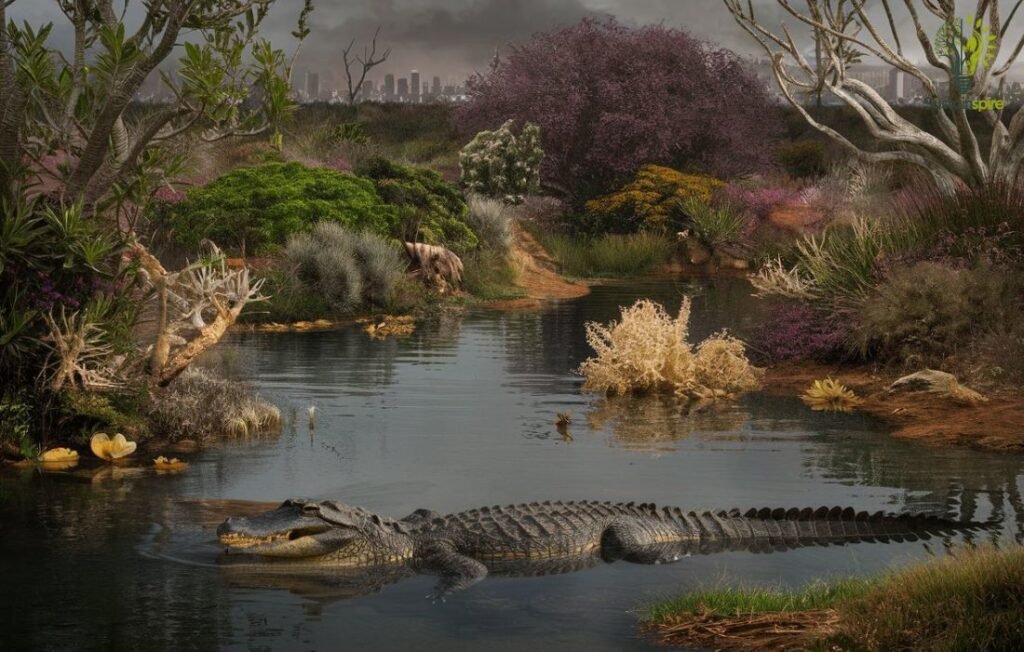
3. The Consequences of Doing Nothing:
Failing to protect these ecosystems can have dire consequences. For instance, the decline of pollinators like bees due to habitat loss threatens global food security. A study led by Harvard T.H. Chan School of Public Health. It’s report was published on 14 December, 2022. According to this study pollinator loss could lead to a 3-5% reduction in global fruit, vegetable, and nut production. This equates to billions of dollars in economic losses and puts millions of people at risk of malnutrition. Protecting our planet’s biodiversity is not just about saving nature – it is about safeguarding our own future.
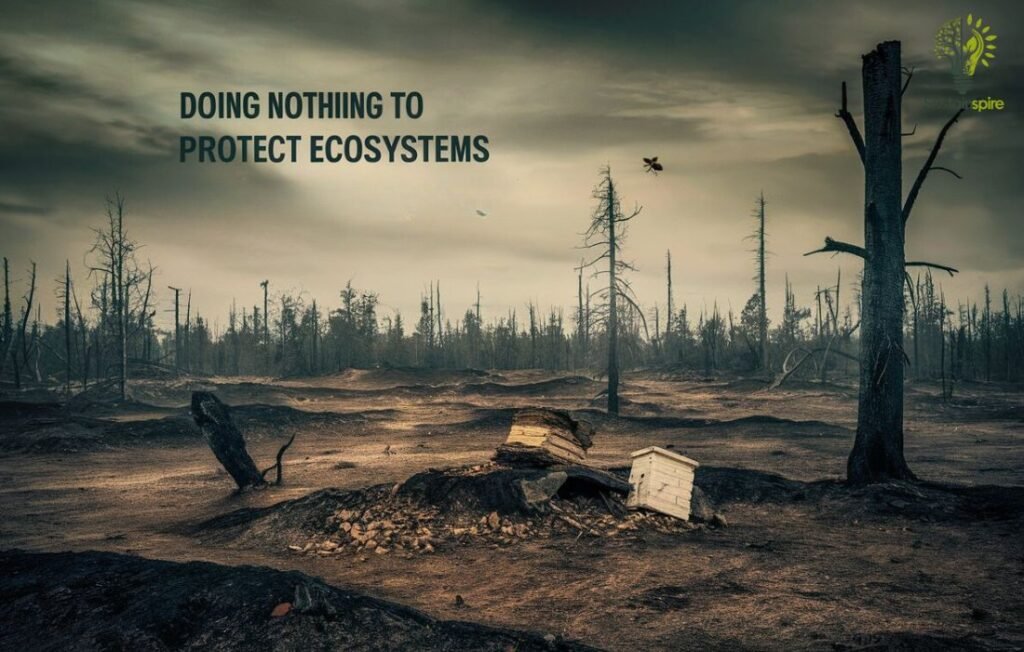
The Power of Planning: How Recovery Plans Make a Difference?
Threatened ecological communities face many challenges. Habitat loss, invasive species, and climate change all contribute to their decline. But there is always hope. Recovery plans provide that hope by setting a clear path toward a brighter future for these vital ecosystems. In this section, we will explore how these plans act as blueprints for conservation, guiding our efforts and measuring our success.
1. Roadmaps for Fixing: Threatened ecological communities
Recovery plans are more than just documents; they are blueprints for action. They break down the complex task of conservation into manageable steps. They address key aspects like:
2. Collaborative Conservation:
Saving threatened ecological communities requires a team effort. Scientists play a crucial role in conducting research, monitoring populations, and providing data-driven recommendations. Policymakers establish legal frameworks, allocate funding, and implement regulations to protect these valuable ecosystems.
For instance, in 2023, there was a project, which’s report was published on May 17, 2024, at the website of the U.S. Fish and Wildlife Service. This collaborative project aimed to conserve the endangered California red-legged frog. Working with local communities and government agencies, they restored critical wetland habitat. This resulted in a massive increase in the frog population. This success highlights how joint efforts can yield impressive outcomes.
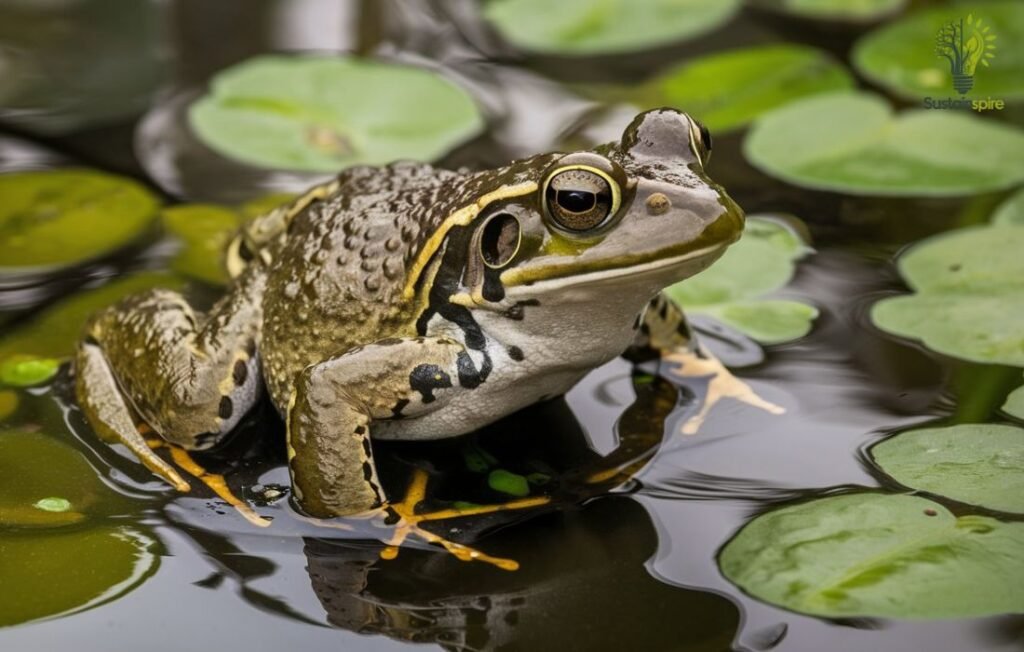
3. From Paper to Progress:
The impact of recovery plans is best illustrated through real-world success stories. One great example is the recovery of the Channel Island fox. This species was once very close to extinction, according to the U.S. Department of the Interior. Habitat loss and introduced predators were the main causes of their decline. Thankfully, a comprehensive recovery plan was put in place. This plan included captive breeding programs to help boost the fox population. It also involved removing predators from the foxes’ habitat and restoring damaged habitats. As a result of these efforts, the fox population rebounded. This demonstrates the effectiveness of well-designed and properly executed recovery plans.
Through captive breeding programs, predator control measures, and habitat restoration, the Channel Island fox population rebounded dramatically. By 2016, all three subspecies were delisted from the Endangered Species Act. This is a testament to the power of well-designed and executed recovery plans. These victories serve as beacons of hope, demonstrating that with dedication and collaboration, we can reverse the decline of even the most vulnerable ecological communities.
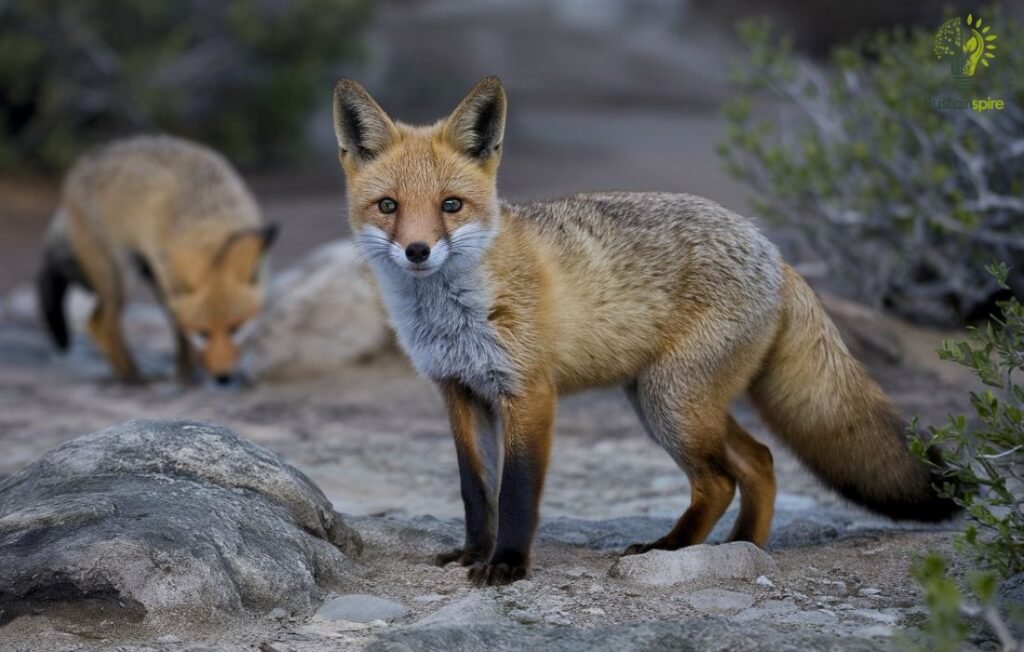
How You Can Help Threatened Ecological Communities?
You don’t need grand gestures to protect threatened ecological communities. Small, everyday actions can make a big difference. Here are some ways you can contribute to a healthier planet:
1. Everyday Actions for Conservation:
Reducing your environmental footprint is easier than you think. Simple choices like using reusable bags and water bottles instead of disposable ones can significantly reduce waste. Choosing energy-efficient appliances and light bulbs can make a difference. Opt for sustainable transportation options like biking or public transport to minimize your carbon footprint. You can even consider collecting rainwater as a sustainable practice.
For example, a 2021 study by Hannah Ritchie found that a global shift towards plant-based diets could reduce agricultural land use by 75%. This would save an area equivalent to the size of the US, China, Australia, and the EU combined. This land could then be used for habitat restoration and carbon sequestration.

2. Lending Your Voice:
You have the power to influence change. Contact your elected officials to advocate for stronger environmental policies and protect threatened ecological communities. Support legislation that protects threatened ecosystems. You can also support conservation organizations. Donations, volunteering, and raising awareness about their work all make a difference.
According to the news of National Geographic, in 2011, there was a proposed highway project through Serengeti National Park in Tanzania. This project threatened the migration routes of millions of wildebeest and other animals. Public outcry led to the project’s cancellation, safeguarding the park. After that project was revised, but with some restrictions.
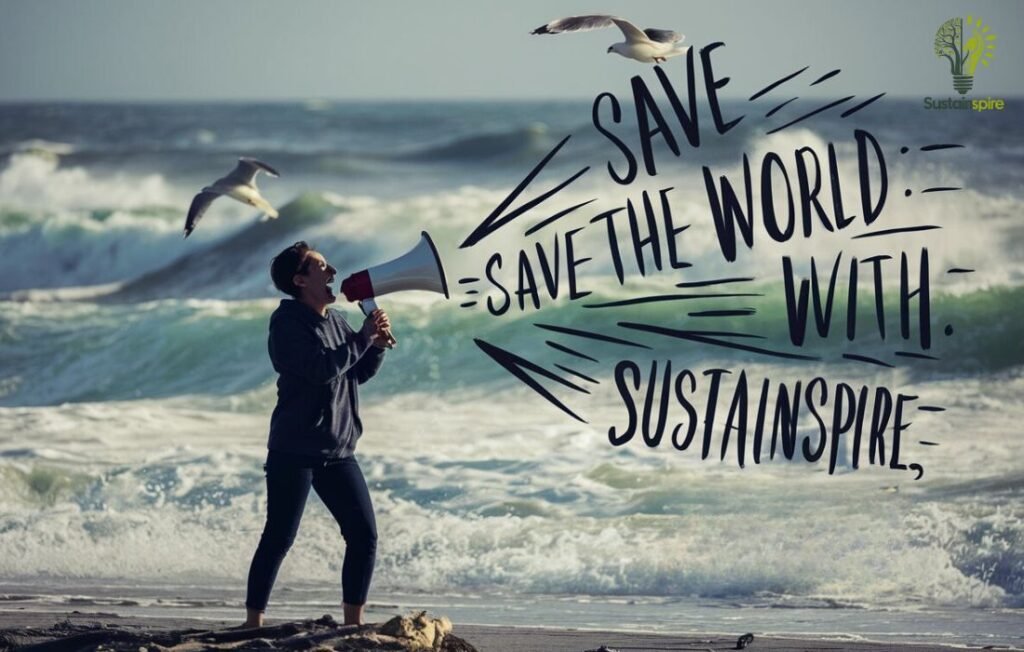
3. Community Science in Action:
Become an active participant in conservation efforts. Join a local restoration project to help remove invasive species. You can also plant native vegetation. Contribute to scientific research by participating in citizen science initiatives. This might involve monitoring wildlife populations or collecting environmental data.
The Christmas Bird Count is an inspiring example of citizen/community science. This project, run by the Audubon Society, has been going on for over 100 years. Every year during the holidays, thousands of volunteers across North America count birds. They provide important data about bird populations and where they live.
Restoring damaged habitats is important for ecological recovery. You can participate in local planting events to help re-establish native vegetation. For example, in 2022, over 27,185 volunteers participated in the California Coastal Cleanup Day. They removed over 250,563 pounds of trash from beaches and waterways.
Remember that even small actions contribute to a larger solution. We can create a brighter future for threatened ecological communities by making conscious choices and speaking up.
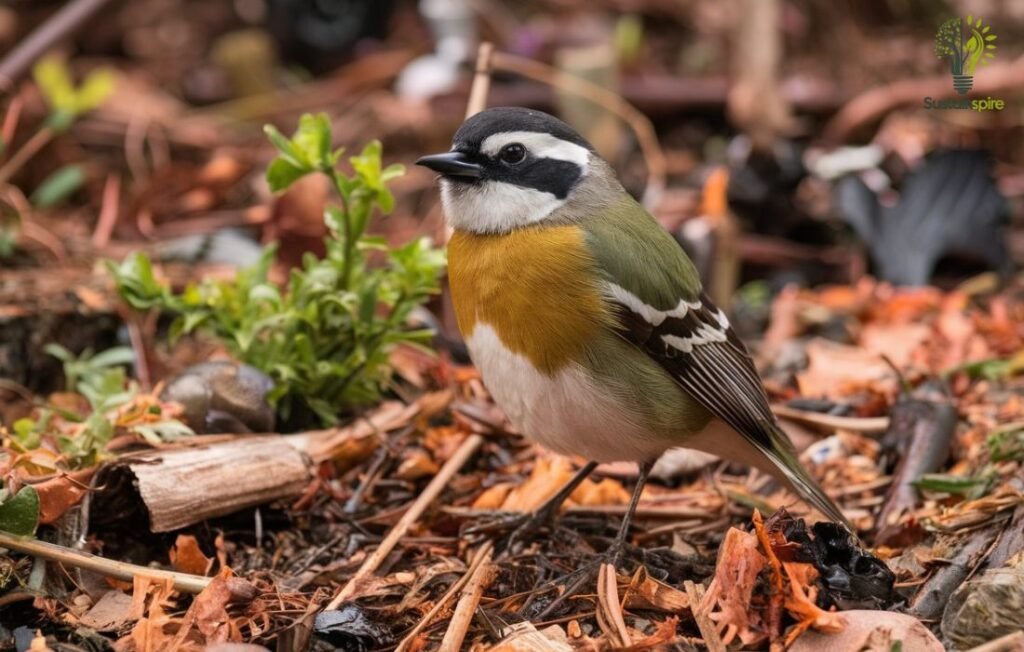
Celebrating Successes: Inspiring Stories of Ecological Recovery
The threats to our planet’s biodiversity are real and scary. But there is also a lot of hope! Around the world, dedicated people, communities, and organizations are working hard. They want to protect and restore threatened ecological communities that are in danger. Their successes inspire us. They also show us how to protect nature in the future. Let’s look at some real examples of ecosystems coming back from almost being destroyed!
Case Study 1: The Return of the Red Kite
The majestic red kite was once close to disappearing from the UK skies. It faced serious threats like habitat loss and illegal hunting. But thanks to legal protection, habitat restoration, and reintroduction programs, this bird of prey has made a big comeback. Now, over 1,800 breeding pairs fly across the UK. This proves that dedicated conservation efforts can make a real difference!
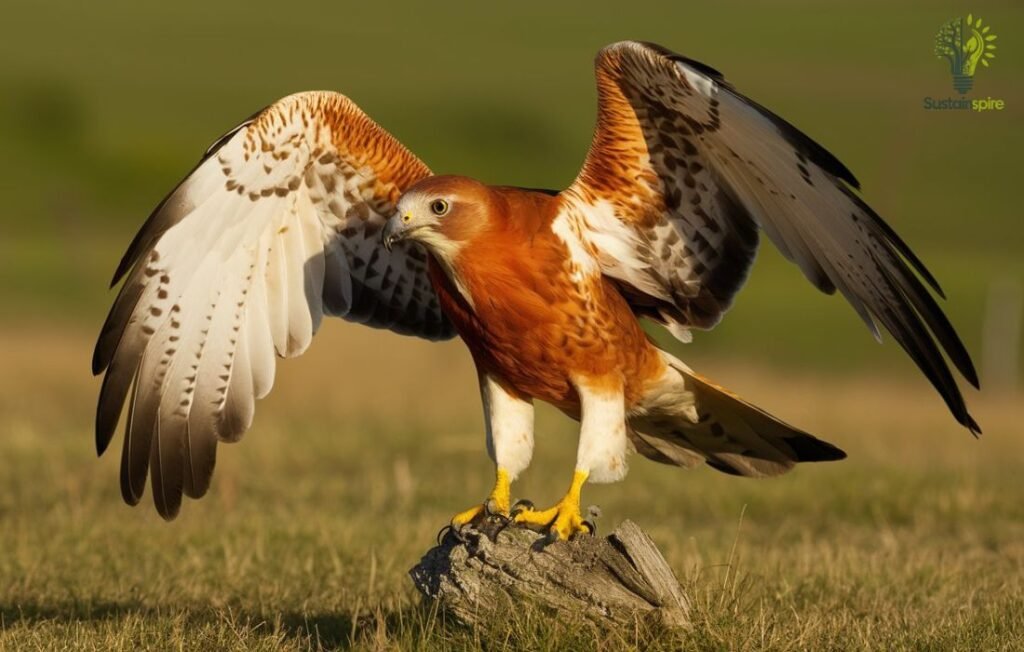
Case Study 2: Restoring Florida’s Everglades
The Florida Everglades are a unique and vital wetland ecosystem. The Everglades suffered greatly because of decades of bad water management. This disrupted the natural flow of water. However, a large-scale restoration project is slowly bringing the Everglades back to life. The project has been going on for decades and involves many people. Improved water flow has helped native plants and animals. This proves that even large and complex ecosystems can be restored with collaborative efforts.
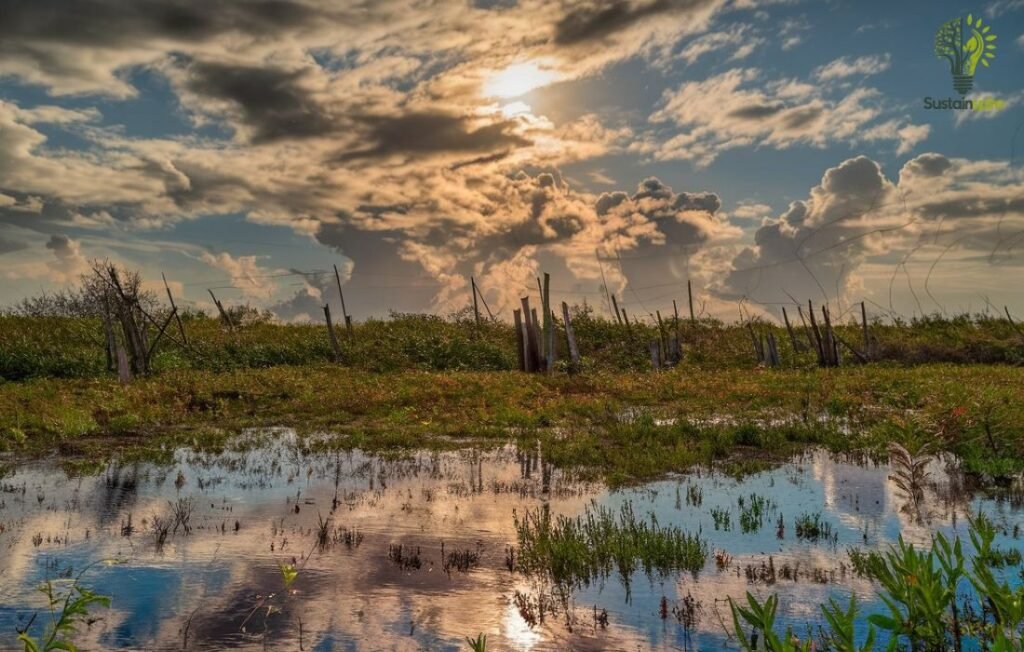
Case Study 3: Community-Led Conservation in the Andes
In the high Andes Mountains of South America, local communities are protecting the endangered vicuña. The vicuña is a relative of the llama, and is one of threatened ecological communities. These communities created reserves they manage and use sustainable grazing practices. Because of this, they have seen the vicuña population grow. This shows how powerful local knowledge and community involvement are in successful conservation.
These stories show us that there is always hope. By learning from the past, we can protect our planet. We can embrace new ideas and work together. In this way, we can protect our planet’s biodiversity for the future.
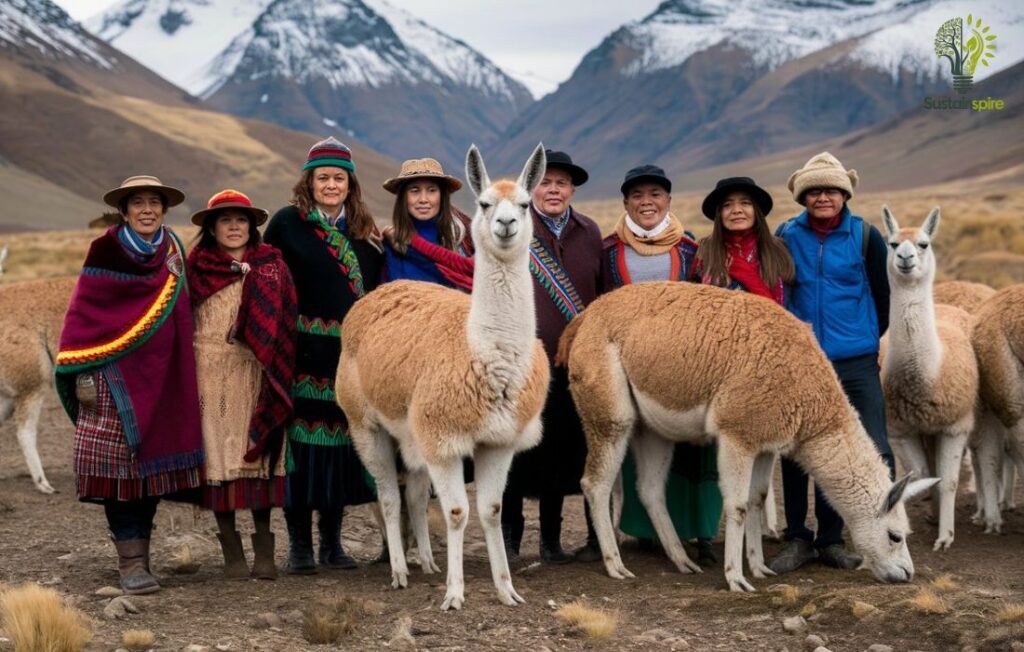
Hope for the Future: Protecting a Healthy Planet for Generations to Come
In this section, we will explore why safeguarding biodiversity is important. It is not just about saving plants and animals. It is about securing a healthier and better future for everyone.
The Challenges Ahead:
Even with dedicated recovery plans, the journey towards ecological restoration is not without its hurdles. Biodiversity continues to face many threats. These include habitat loss, climate change, invasive species, and pollution.
For instance, a 2019 report revealed a stark reality. The report was from the Intergovernmental Science-Policy Platform on Biodiversity and Ecosystem Services (IPBES). It showed that one million species are at risk of extinction, many within decades. This alarming rate of loss shows the need for conservation of threatened ecological communities.
According to the World Wildlife Fund, the Amazon rainforest is called the “lungs of the planet”. According to the report of BBC, it lost almost 7,000 square miles to deforestation in 2022 alone. This loss impacts iconic species. These include jaguars and macaws. But it also disrupts the ecosystem. This affects everything from rainfall to carbon storage.
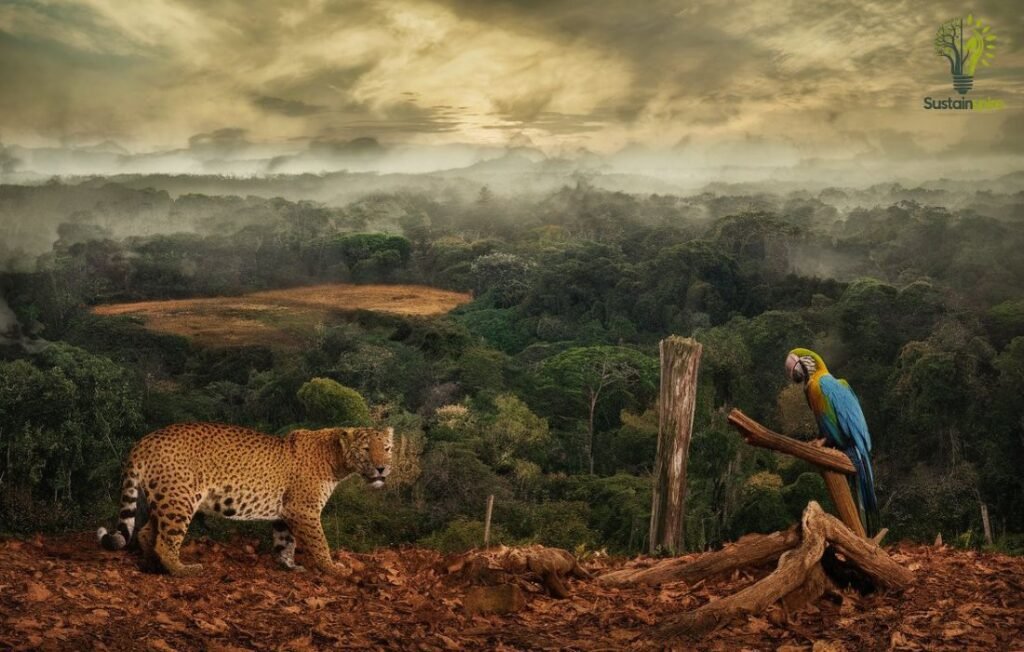
Investing in Our Planet’s Future:
Protecting biodiversity is important for the environment. It’s also important for our economy, society, and our values. Healthy ecosystems provide clean air and water. They help pollinate our crops and regulate our climate.
A 2020 study showed just how important nature is to our economy. The World Economic Forum did the study. They found that over half of the world’s economic activity depends on nature. This equals to almost $44 trillion. This means losing biodiversity is a huge risk.
One example is the decline of pollinators like bees. These animals are vital to food production. The Food and Agriculture Organization of the United Nations (FAO) says pollinators are responsible for one-third of the food we grow. Losing these threatened ecological communities could mean higher food prices and food shortages. This would also affect the estimated $1.5 trillion in global crops that rely on pollination.
Beyond the benefits we can see, there is an important ethical issue. Humans share this planet with many other species. Therefore, we have a responsibility to protect all species. We must protect the web of life for future generations. Leaving a healthy planet as our legacy is not just about saving beautiful places, it is about fulfilling our moral duty.
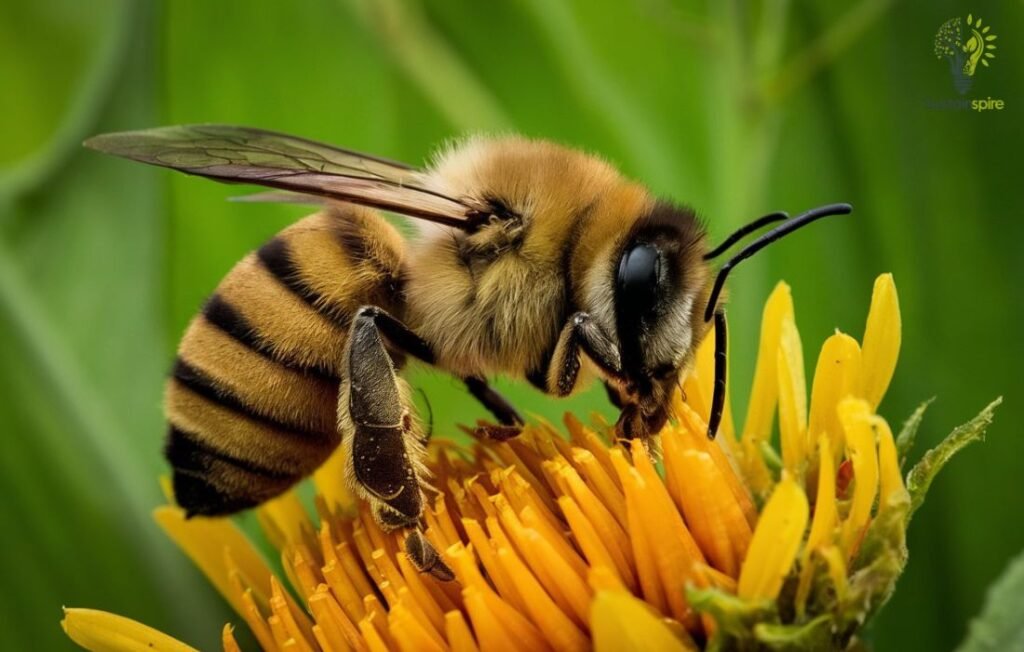
Every Individual Can Make a Difference:
As discussed, everyone can play a part in creating a more sustainable future. Making conscious choices in daily life can collectively make a difference.
- Reduce, reuse, and recycle: This simple mantra helps conserve resources and reduce pollution.
- Choose sustainable products: Look for certifications like the Forest Stewardship Council (FSC) for responsibly sourced wood and paper products.
- Support conservation organizations: Donate time or resources to groups working to protect biodiversity.
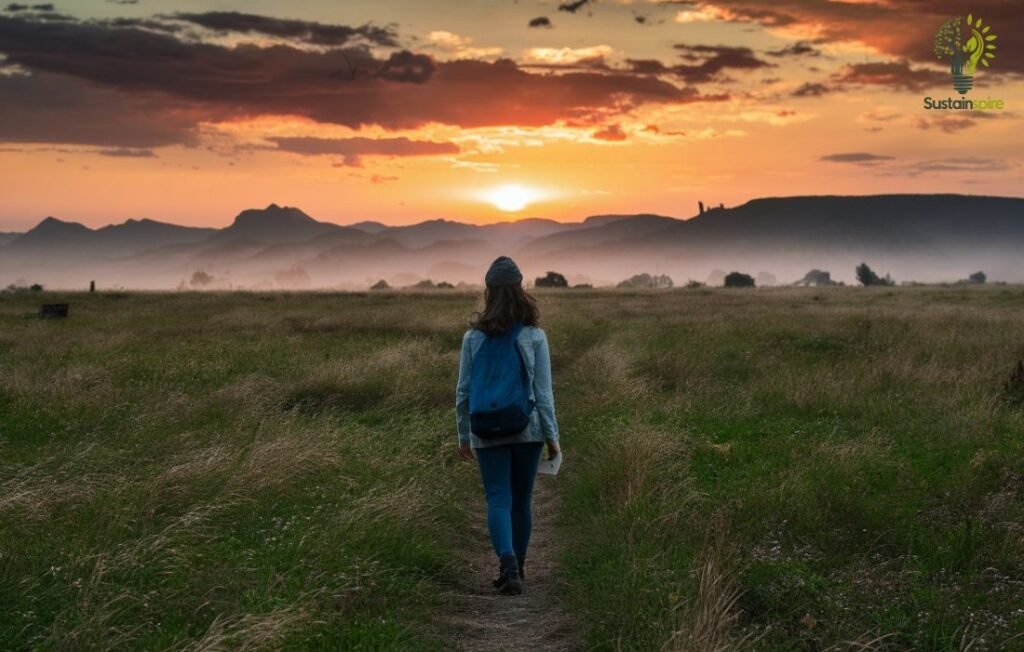
Conclusion:
This article explored the importance of threatened ecological communities and the role of recovery plans in their protection. These communities, facing a high risk of disappearing, are crucial for a healthy planet, impacting everything from clean air and water to food production.
Recovery plans are essential tools for conservation. They provide a roadmap for action by identifying threats, setting recovery goals, and outlining specific actions. These plans require collaboration between scientists, policymakers, and local communities. Successful recovery stories, like the return of the Channel Island fox, demonstrate the power of these plans.
Everyone, including you, can contribute to protecting these vital ecosystems. Simple actions like reducing waste, supporting conservation organizations, and participating in citizen science initiatives can make a difference. Let’s work together to ensure these communities thrive for generations to come. What are some ways you plan to help? Share your thoughts in the comments below!
| Element | Description |
|---|---|
| Species and Habitat Assessments | Identifying the species at risk and understanding their habitat needs. |
| Threat Analysis | Pinpointing the factors causing the decline and outlining mitigation strategies. |
| Recovery Goals and Objectives | Establishing measurable targets for population size, habitat range, and other key indicators. |
| Action Plans | Defining specific activities, timelines, and responsible parties for implementing recovery efforts. |
| Monitoring and Evaluation | Tracking progress, adapting strategies, and ensuring the plan remains effective over time. |








2 thoughts on “Threatened Ecological Communities – Recovery Plans Are Here”